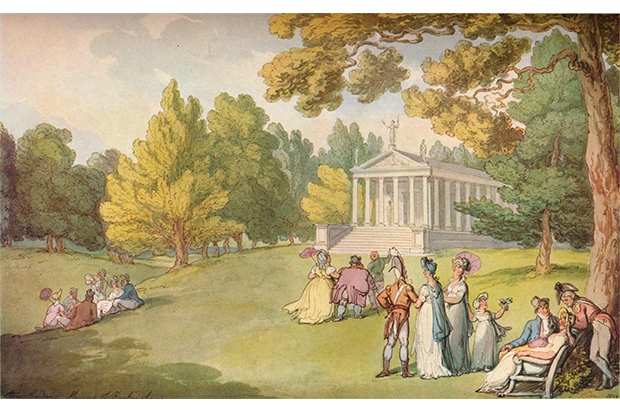Oh, the longueurs of aristocratic Georgian leisure. What on earth did they do all day, with no domestic chores, no Wi-Fi, no television, no telephones for chatting and the slowest of transports to move their lives from the sticks to the bright lights of London or Bath? Kate Felus has written a fascinating book which tells us how the 18th-century landed gentry whiled away their summers out of doors. On winter she does not dwell, because, as she says, summer was the time when all the great landowners were likely to be at their country estates.
Apart from Margaret Willes’s excellent Gardens of the British Working Class, the documented social history of gardens tends to concentrate on grand, rather than humble, establishments. As late as 1820, we learn that the nobility consisted of just 350 families out of a population of 18 million, so the activities recorded in The Secret Life of Georgian Gardens are admittedly exclusive.

Get Britain's best politics newsletters
Register to get The Spectator's insight and opinion straight to your inbox. You can then read two free articles each week.
Already a subscriber? Log in






Comments
Join the debate for just $5 for 3 months
Be part of the conversation with other Spectator readers by getting your first three months for $5.
UNLOCK ACCESS Just $5 for 3 monthsAlready a subscriber? Log in